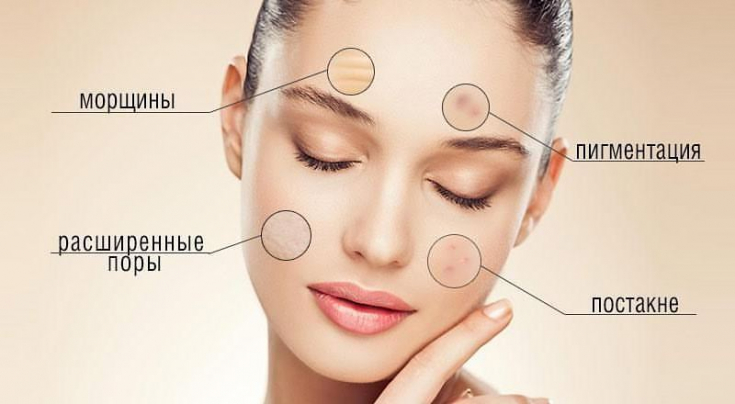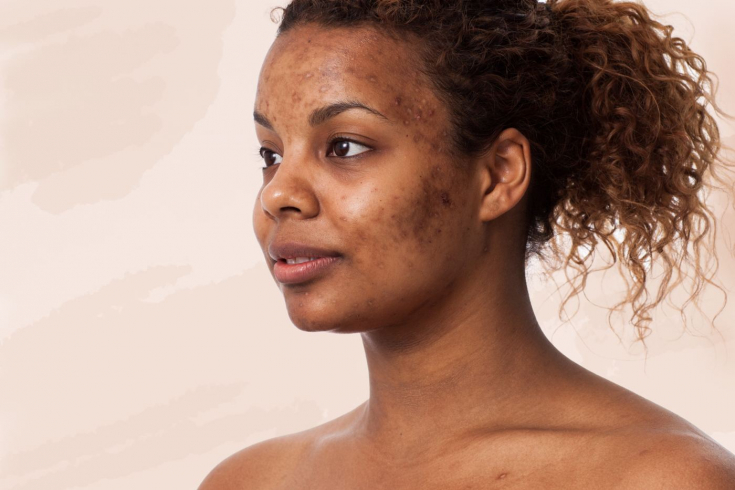Acne – it is a chronic polyetiological disease that affects more than 90% of adolescents, and is almost always associated with the formation of cicatricial changes and the appearance of pigmentation.
It has been proven that dark skin (phototype III-IV) has a higher risk of post-acne formation, and therefore it is very important that the treatment be timely, as fast and effective as possible.
Acne prevention in teenagers with dark skin phototype also plays a special role. On estet-portal.com read about the features of acne treatment in patients with dark skin, and the intricacies of post-acne therapy in such patients.
Aggressive course of acne in patients with dark skin phototypeStudies show that when dark skin is affected, the inflammatory process affects not only the area around papules and pustules, but also the reticular dermis. As a result, hyperpigmentation and scarring occur.
Follow us on Instagram!
Acne Development Mechanism:
• increased sebum production provokes the formation of open and closed comedones;
• excess sebum is an excellent substrate for bacterial growth of Propionibacterium acnes;
• bacteria provoke the development of the inflammatory process.

You may also be interested in: The role of inflammation in the pathogenesis of acne
Treatment of acne in dark-skinned patients should be early, aggressive and comprehensive. For this, antibiotic therapy is prescribed in combination with benzoyl peroxide, which has a direct toxic effect on bacteria and has an anti-inflammatory effect.
To effectively treat acne in patients with a dark phototype, it is important to avoid comedogenic skin care products and reduce sun exposure.
When working with patients with III-IV skin phototype, it is important to remember that not all acne treatments can be useful. For example, the antibiotic monocycline in dark-skinned patients can cause hypersensitivity.
It is recommended to perform allergy testing before prescribing topical preparations, as some topical therapies can also contribute to hyperpigmentation.
For the most up-to-date articles, visit Facebook!
Patients with a dark skin phototype are particularly susceptible to post-acne. To eliminate existing changes, various cosmetic techniques are used.
Products containing tyrosinase inhibitors and retinoids are used to reduce pigmentation. Mesotherapy with antioxidants such as ascorbic acid also has a good effect.
Post-Acne Treatments: How to Smooth Out Facial Scars
Multi-component peels are used to eliminate scars, and peels containing 20% azelaic acid and 20% salicylic acid are especially effective.Mesotherapy stimulates the production of collagen, thereby reducing the severity of acne scars.
Laser therapy for post-acne, of course, has the most pronounced effect. However, in patients with dark skin, the use of this method of treatment can provoke inflammation, which will only worsen the clinical picture.

Read also: The negative side of antibiotic acne treatment







Add a comment